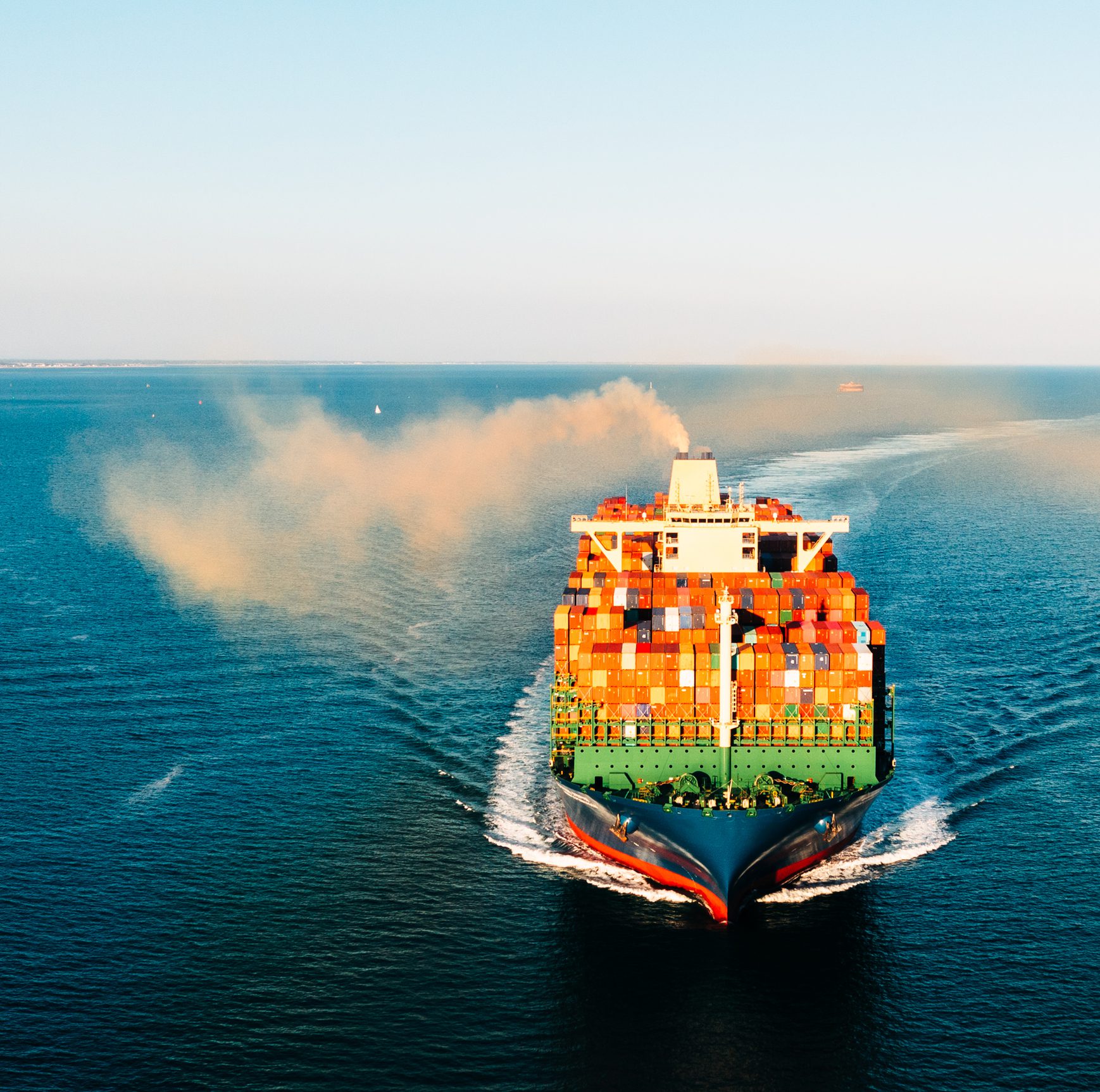The global logistics landscape is witnessing significant shifts in ocean freight equipment balance and container volumes, driven by a confluence of factors, including geopolitical tensions, global trade patterns, and the adjustments to how transportation will evolve in the aftermath of the COVID-19 pandemic.
Container Volume Surge:
Transpacific eastbound box volumes surged by an impressive 16.9% in January 2024, marking a stark rebound from the challenging conditions experienced in the previous year. This upward trajectory is expected to continue, with full-year volumes projected to record positive growth after a 15.1% decline in 2023. The three major ocean carriers, COSCO, CMA CGM, and Evergreen, are holding strong positions, leveraging the strong cargo rebound to their advantage.
Supply and Equipment Management:
Despite the positive volume trends, carriers need help managing equipment supply across their networks. The extended Red Sea diversions have led to a temporary moratorium on selling containers and a pause in returning equipment to lessors. While carriers have largely managed to avoid widespread equipment shortages through prompt evacuation strategies and judicious container control, specific regions, including India, are experiencing tight supply conditions.
Market Dynamics and Economic Factors:
The surge in transpacific demand, partly fueled by Panama Canal transit restrictions, the Red Sea crisis, and looming labor contract negotiations on the East Coast, led ocean carriers to deploy extra loaders and launch new joint services, such as the Asia Pacific 1 (AP1). The strong demand from Asia-US west coast services was further bolstered by encouraging economic data, including a 4% jump in holiday sales and strong job growth in the US.
Operational Adjustments and Industry Response:
To meet the demand surge, carriers employ strategic measures such as delaying vessel arrivals to Asia to avoid immediate post-holiday congestion and keep their fleets fully employed. Despite the disruptions caused by the Red Sea rerouting, carriers are optimistic about the potential for continued growth in the transpacific trade, at least for as long as the Red Sea diversions persist.
Looking Ahead:
As the industry navigates through the complexities of global trade dynamics, the focus remains on ensuring operational efficiency, managing supply chain disruptions, and leveraging strategic partnerships to adapt to evolving market conditions. While challenges persist, the industry is poised for growth, and stakeholders are actively working towards ensuring the smooth flow of global trade.
The surge in transpacific box volumes, ongoing supply chain disruptions, and geopolitical tensions present challenges and opportunities for the ocean freight industry. As carriers and logistics providers navigate these turbulent times, strategic planning, effective supply chain management, and technological innovation will be critical to ensuring global trade flow and maintaining operational resilience. If you’re looking for a logistics plan with forethought and planning, contact your Coppersmith representative.
